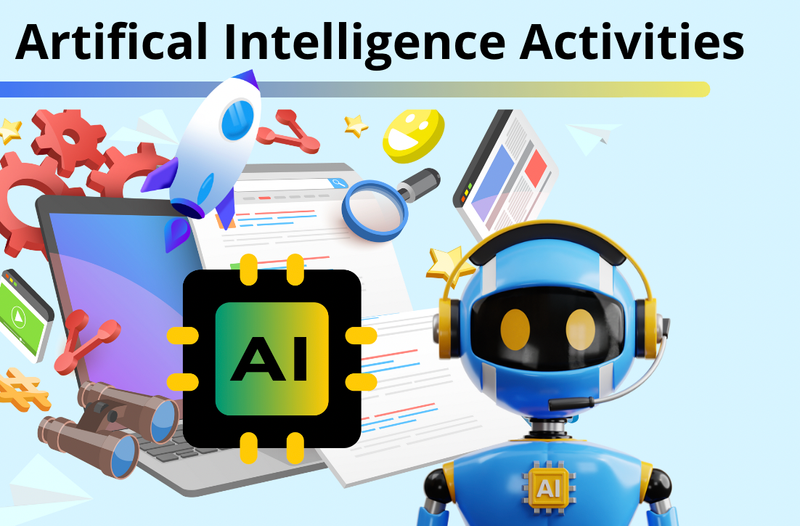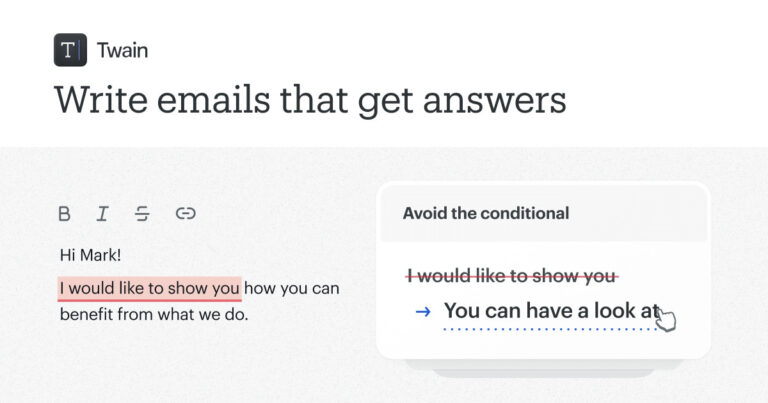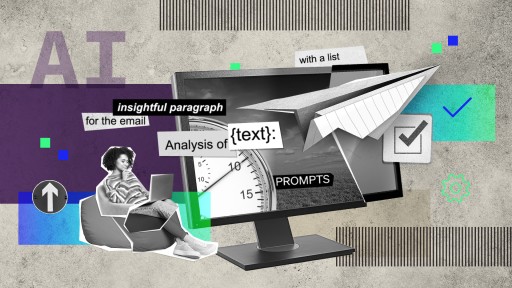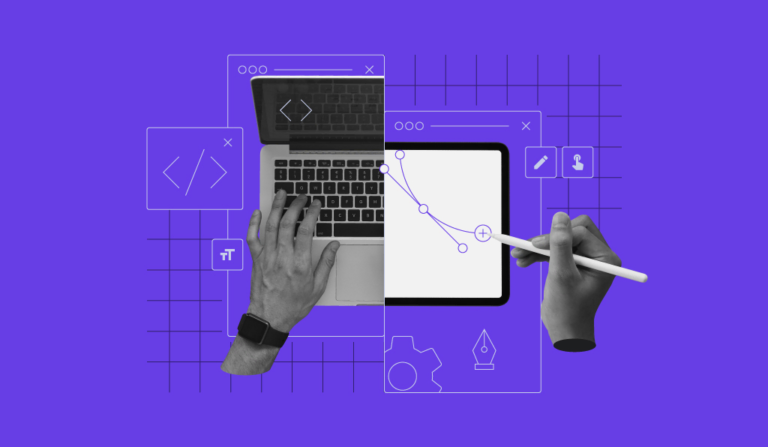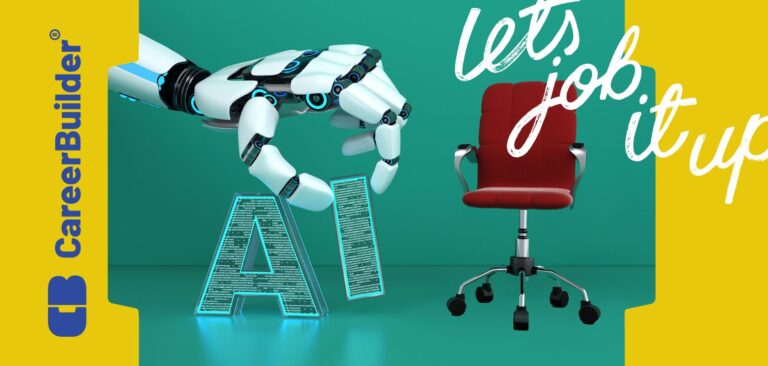Fun AI Activities for Students: Engaging and Educational Ideas
Artificial Intelligence (AI) is changing the way students learn. It makes learning fun and exciting.
In this blog, we explore fun AI activities for students. AI can help students understand complex subjects. With engaging activities, students can learn while having fun. These activities spark curiosity and creativity. They also prepare students for the future. AI-based games, projects, and experiments offer hands-on learning.
Students can work alone or in groups. They can solve problems and think critically. This blog will introduce several fun AI activities. Each activity is designed to be simple and enjoyable. Let’s dive into the world of AI and discover how it can make learning an adventure!
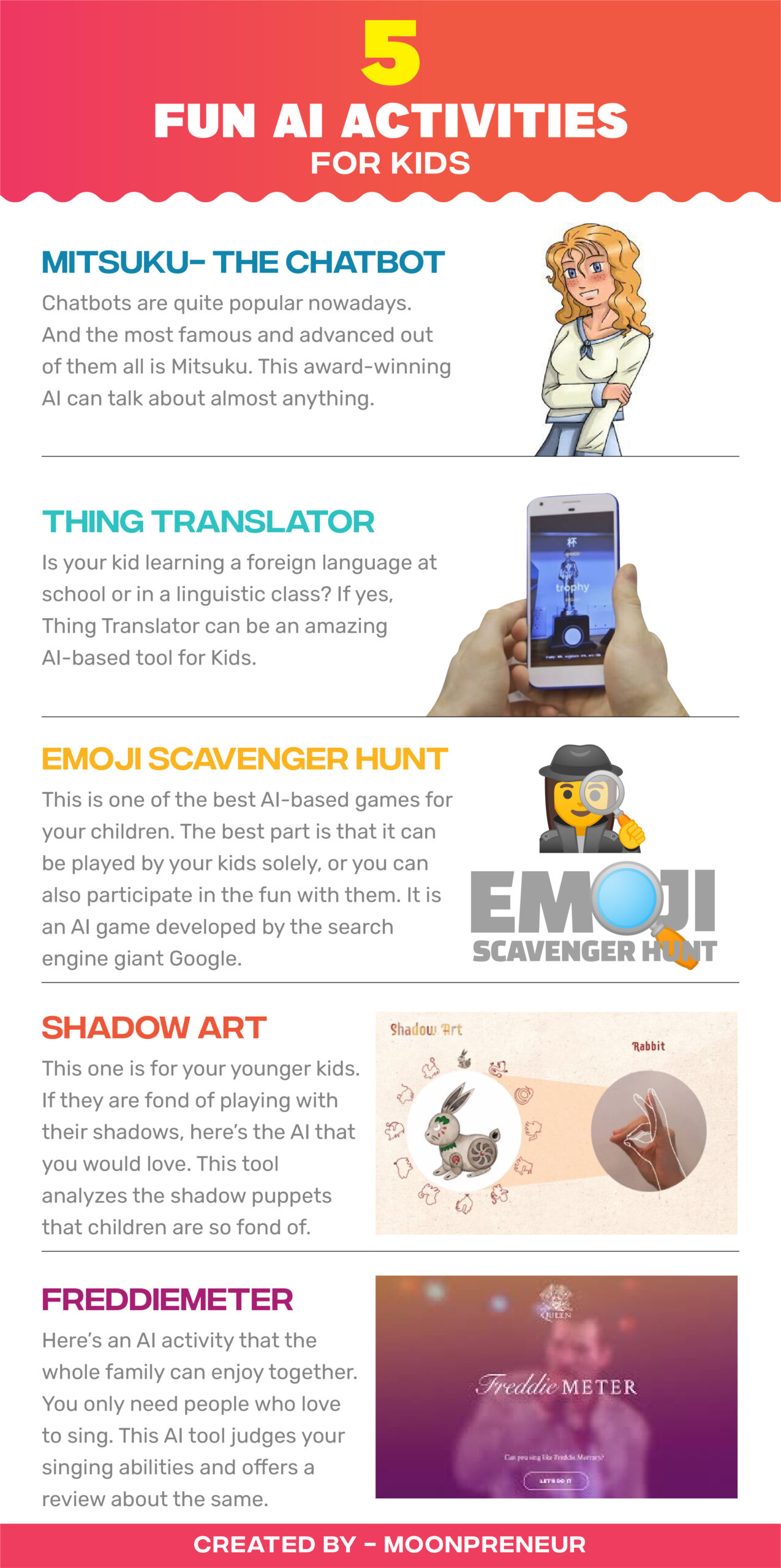
Credit: mp.moonpreneur.com
Interactive Ai Games
Interactive AI games offer students a fun and engaging way to learn. These games use artificial intelligence to make learning more interactive. Students can play different types of AI-powered games. Each game helps them understand AI concepts better.
Ai-powered Puzzles
AI-powered puzzles are a great way to challenge students’ minds. These puzzles adapt to the player’s skill level. They become more complex as the student improves. This keeps the game fun and challenging. AI can provide hints to help students solve puzzles. This helps them learn problem-solving skills.
Ai-based Board Games
AI-based board games bring traditional board games to life. These games use AI to make the experience more interactive. Students can play against the AI or other students. The AI can adjust the difficulty level to match the player’s skills. This ensures that the game is always challenging. AI-based board games can also provide feedback. This helps students learn from their mistakes.
Ai Programming Projects
AI programming projects offer an exciting way for students to dive into artificial intelligence. These projects can range from simple coding exercises to more complex challenges. They help build critical thinking and problem-solving skills. Let’s explore some fun AI programming projects that students can tackle. We’ll look at both beginner and advanced levels.
Beginner Coding Projects
Beginner coding projects are perfect for students new to AI. These projects often use simple tools and basic programming concepts. One popular project is creating a chatbot. This involves writing a program that can simulate a conversation with a user. Students can use platforms like Scratch or Python to build their chatbots.
Another beginner project is image recognition. Students can create a program that identifies objects in pictures. This project introduces them to machine learning and data sets. They can use tools like Google’s Teachable Machine. These tools simplify the process and make it fun.
Advanced Ai Challenges
Advanced AI challenges are for students with some coding experience. These projects dive deeper into complex AI concepts. One challenging project is building a recommendation system. This involves creating an algorithm that suggests items based on user preferences. Students can use Python and libraries like TensorFlow for this project.
Another advanced project is natural language processing (NLP). This involves programming a computer to understand and respond to human language. Students can create applications like language translators or sentiment analysis tools. They can use platforms like NLTK (Natural Language Toolkit) to help with NLP tasks.
These projects not only improve coding skills but also provide a deeper understanding of AI. They encourage creativity and innovation. And most importantly, they make learning AI fun and engaging.
Ai In Robotics
Artificial Intelligence (AI) is changing the world of robotics. Students can now build and program their own robots. This activity helps them learn about technology and problem-solving. It is fun and educational.
Building Simple Robots
Students can start by building simple robots. These robots can move, pick up objects, and follow lines. Building robots is a great hands-on activity. It uses basic materials like motors, sensors, and microcontrollers.
Here is a list of materials you might need:
- Motors
- Sensors
- Microcontrollers (like Arduino or Raspberry Pi)
- Batteries
- Wheels
- Chassis
Follow these steps to build a simple robot:
- Assemble the chassis and wheels.
- Attach the motors to the chassis.
- Connect the sensors to the microcontroller.
- Power the robot with batteries.
These steps are easy and fun. Students will enjoy seeing their robot come to life.
Programming Robot Behaviors
Once the robot is built, students can program it. Programming tells the robot what to do. Students can use simple coding languages like Python or Scratch. These languages are easy to learn and use.
Here is a simple example in Python:
import time
from gpiozero import Robot
robot = Robot(left=(4, 14), right=(17, 18))
robot.forward()
time.sleep(2)
robot.stop()This code makes the robot move forward for two seconds. Then it stops. Students can create many behaviors. They can make the robot turn, avoid obstacles, or follow a line.
Programming robots teaches students about logic and sequences. It also improves their problem-solving skills.
In summary, AI in robotics is a great way to engage students. Building and programming robots is fun and educational. It helps students learn about technology and develop important skills.

Credit: www.idtech.com
Ai Art And Creativity
Artificial Intelligence has transformed many fields, including art and creativity. Students can now use AI to create digital art and compose music. These activities are not only educational but also fun and engaging. Let’s explore some exciting AI activities for students.
Digital Art With Ai
Students can create stunning digital art using AI tools. These tools use machine learning to turn simple sketches into detailed artworks. Here are some popular AI art tools:
- DeepArt: Transforms photos into famous art styles.
- Artbreeder: Combines images to create new ones.
- Runway ML: Offers various AI models for creative projects.
Using these tools, students can experiment with different art styles. They can learn about famous artists and their techniques. This makes learning art more interactive and fun.
Music Composition Using Ai
AI can also help students compose music. Several AI programs can generate melodies and harmonies. Here are some AI music tools:
- AIVA: Creates original compositions in different genres.
- Amper Music: Helps in composing music tracks quickly.
- Ecrett Music: Generates music suitable for videos and games.
These tools allow students to create their own music. They can experiment with different sounds and rhythms. This enhances their understanding of music theory and composition.
AI art and music activities are perfect for students. They make learning creative subjects more engaging. These tools provide endless possibilities for artistic expression.
Ai And Storytelling
Artificial Intelligence (AI) has opened new doors in the world of storytelling. Students can now explore creative narratives through AI-powered tools. These activities not only enhance their imagination but also teach them about AI. Let’s dive into some fun AI activities for students related to storytelling.
Creating Ai-generated Stories
Students can use AI tools to create unique stories. These tools use algorithms to generate text based on input. For example, students can provide a few sentences or keywords. The AI then continues the story in unexpected ways.
One popular tool is GPT-3. It can generate human-like text. Here’s how students can use it:
- Input a story prompt.
- Let the AI generate the next part of the story.
- Edit and refine the text as needed.
This activity encourages creativity. It also helps students understand how AI can assist in writing.
Interactive Story Experiences
Interactive stories engage students in a dynamic way. They can make choices that influence the story’s outcome. AI can enhance these experiences by adapting the story in real-time.
Here’s an example of how students can create interactive stories:
- Use an AI tool to generate different story branches.
- Present these branches as choices to the reader.
- Allow the reader to choose a path, shaping the story as they go.
Tools like Twine are great for this. Twine is an open-source tool for telling interactive, nonlinear stories. It allows students to create story maps with various paths. AI can then be integrated to make the story more dynamic and engaging.
These activities show students the power of AI in storytelling. They can see how AI can generate creative content and make stories interactive. It’s a fun way to learn about both technology and storytelling.
Ai Competitions And Challenges
AI competitions and challenges are excellent ways for students to learn. They provide hands-on experience and foster a sense of achievement. These activities encourage students to solve real-world problems using AI. They also promote teamwork and critical thinking.
School Ai Competitions
Many schools now host AI competitions. These events challenge students to create AI projects. They can range from simple chatbots to complex algorithms. These competitions often have specific themes. For example, creating AI to help in education or healthcare. Students work in teams to develop their projects. They present their work to a panel of judges. The best projects win awards. These competitions help students learn AI concepts. They also boost their confidence and teamwork skills.
Online Ai Challenges
Online AI challenges are another great way to learn. Many websites offer these challenges for free. Students can participate from anywhere. They can choose from various levels of difficulty. These challenges cover different topics. For example, image recognition or natural language processing. Students can work alone or in teams. They submit their solutions online. The websites often provide feedback and scores. This helps students improve their skills. Online AI challenges are flexible. Students can work at their own pace. They also get to see solutions from others. This can inspire new ideas and approaches.
Resources For Learning Ai
Learning AI can be fun and engaging for students. There are many resources available to help students understand and practice AI concepts. From online courses to books and articles, students can find the right material to suit their learning style.
Online Courses And Tutorials
Online courses offer structured learning paths. They include video lectures, quizzes, and hands-on projects. Popular platforms provide a range of courses from beginner to advanced levels.
- Coursera: Offers courses from top universities like Stanford and MIT.
- edX: Provides access to AI courses from leading institutions.
- Udacity: Features a specialized AI Nanodegree program.
Tutorials are another great way to learn. Websites like Khan Academy and YouTube host many free tutorials. These resources break down complex topics into easy-to-understand segments.
Books And Articles
Books are a valuable resource for learning AI. They provide in-depth information and can be a great reference.
| Book | Author |
|---|---|
| Artificial Intelligence: A Modern Approach | Stuart Russell, Peter Norvig |
| Deep Learning | Ian Goodfellow, Yoshua Bengio, Aaron Courville |
Articles and research papers can keep students updated with the latest trends. Websites like Medium and Arxiv.org host many free articles on AI.
- Medium: Contains articles from AI professionals and enthusiasts.
- Arxiv.org: Hosts research papers on cutting-edge AI developments.
These resources make AI learning accessible and enjoyable for students. By exploring different formats, they can find the best fit for their learning needs.

Credit: www.plusai.com
Future Of Ai Education
The Future of AI Education is bright and full of opportunities. With the rapid advancements in technology, students need to be prepared for an AI-driven world. Engaging in fun AI activities helps students understand complex concepts in an enjoyable way. This section explores the latest trends in AI learning and how to prepare students for AI careers.
Trends In Ai Learning
AI learning is evolving. Students now have access to various tools and platforms to learn AI. These trends are shaping the future of AI education:
- Interactive Learning Platforms: Websites and apps that offer hands-on AI projects.
- AI-Powered Tutors: Personalized tutoring using AI algorithms to adapt to student needs.
- Gamification: Games that teach AI concepts in a fun and engaging way.
These trends make learning AI more accessible and enjoyable for students of all ages.
Preparing Students For Ai Careers
To succeed in AI careers, students need a solid foundation in several key areas:
| Skill | Description |
|---|---|
| Mathematics | Understanding algorithms and data structures. |
| Programming | Learning languages like Python and R. |
| Critical Thinking | Solving complex problems using logical reasoning. |
Encourage students to participate in AI competitions and projects. This practical experience is invaluable. They should also stay updated with the latest AI research and trends. Reading AI journals and articles helps.
Engaging in these activities will prepare students for successful AI careers. They will be ready to tackle challenges and innovate in the field of AI.
Frequently Asked Questions
What Are Fun Ai Activities For Students?
Students can engage in AI through interactive games, coding challenges, and creative projects. These activities make learning AI enjoyable and practical.
How Can Students Learn Ai Basics?
Students can start with online tutorials, beginner-friendly courses, and AI-powered educational apps. These resources simplify AI concepts for young learners.
Are There Free Ai Resources For Students?
Yes, many platforms offer free AI courses, tutorials, and project ideas. Websites like Coursera, Khan Academy, and Code. org are excellent starting points.
What Ai Projects Are Suitable For Beginners?
Beginner-friendly AI projects include chatbots, image recognition apps, and simple machine learning models. These projects help students understand AI fundamentals.
Conclusion
These AI activities make learning fun and engaging for students. They spark curiosity and creativity. Students enjoy exploring new technologies. Teachers can easily integrate these activities into lessons. Interactive experiences boost student interest. AI tools offer unique learning opportunities. Encourage students to think critically.
Foster collaboration and problem-solving skills. Let students discover the potential of AI. These activities prepare them for the future. AI in education is a valuable resource. Start incorporating these fun AI activities today. Help students learn in a modern and exciting way.

